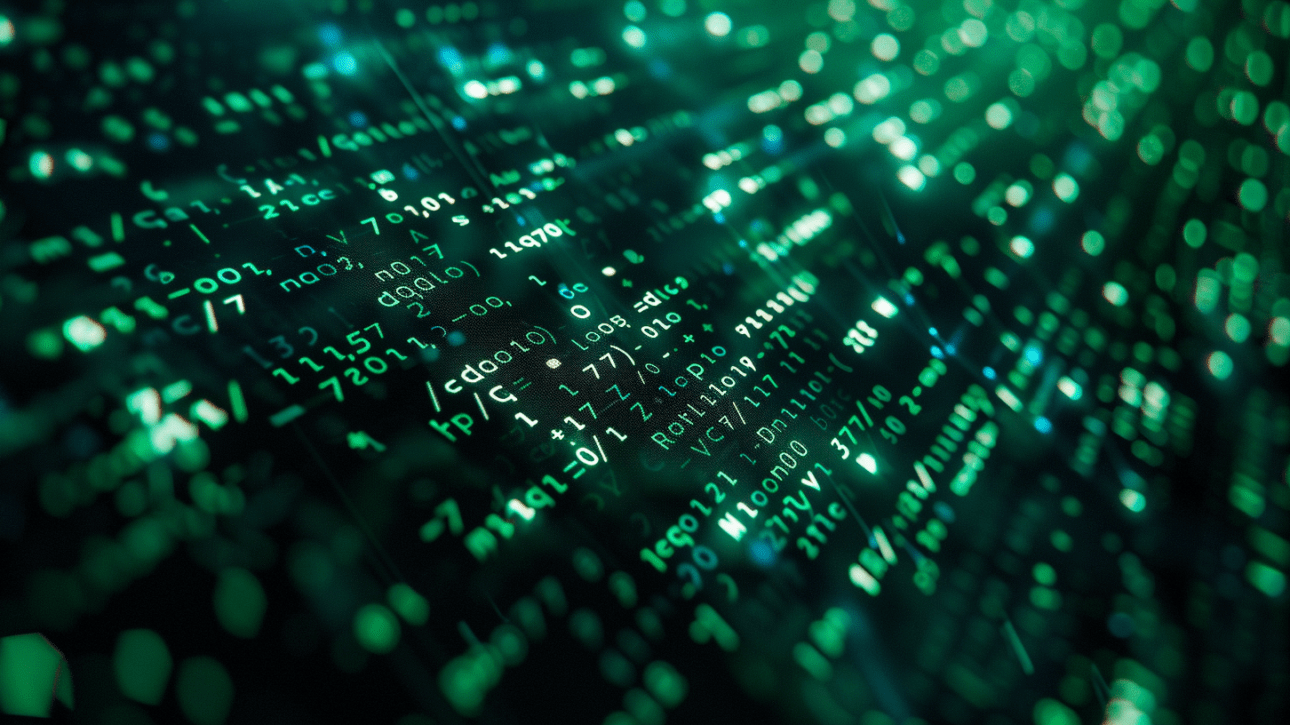In a world driven by software, understanding the inner workings of programs isn’t just the domain of developers and tech professionals; it’s increasingly relevant to a wider audience. Have you ever wondered what really happens inside the applications you use every day? Or perhaps, what makes the software in your computer tick? Enter objdump, a…










